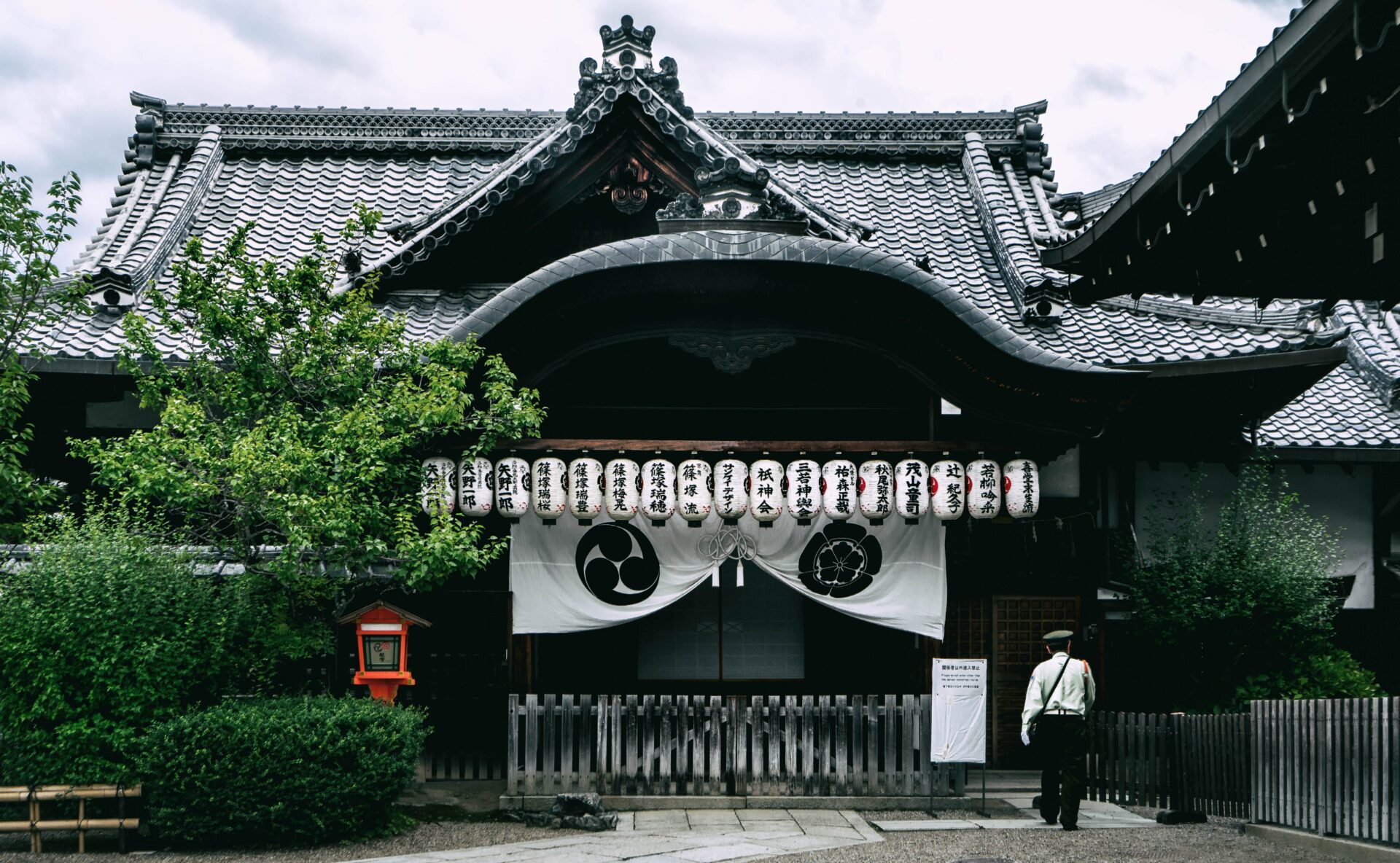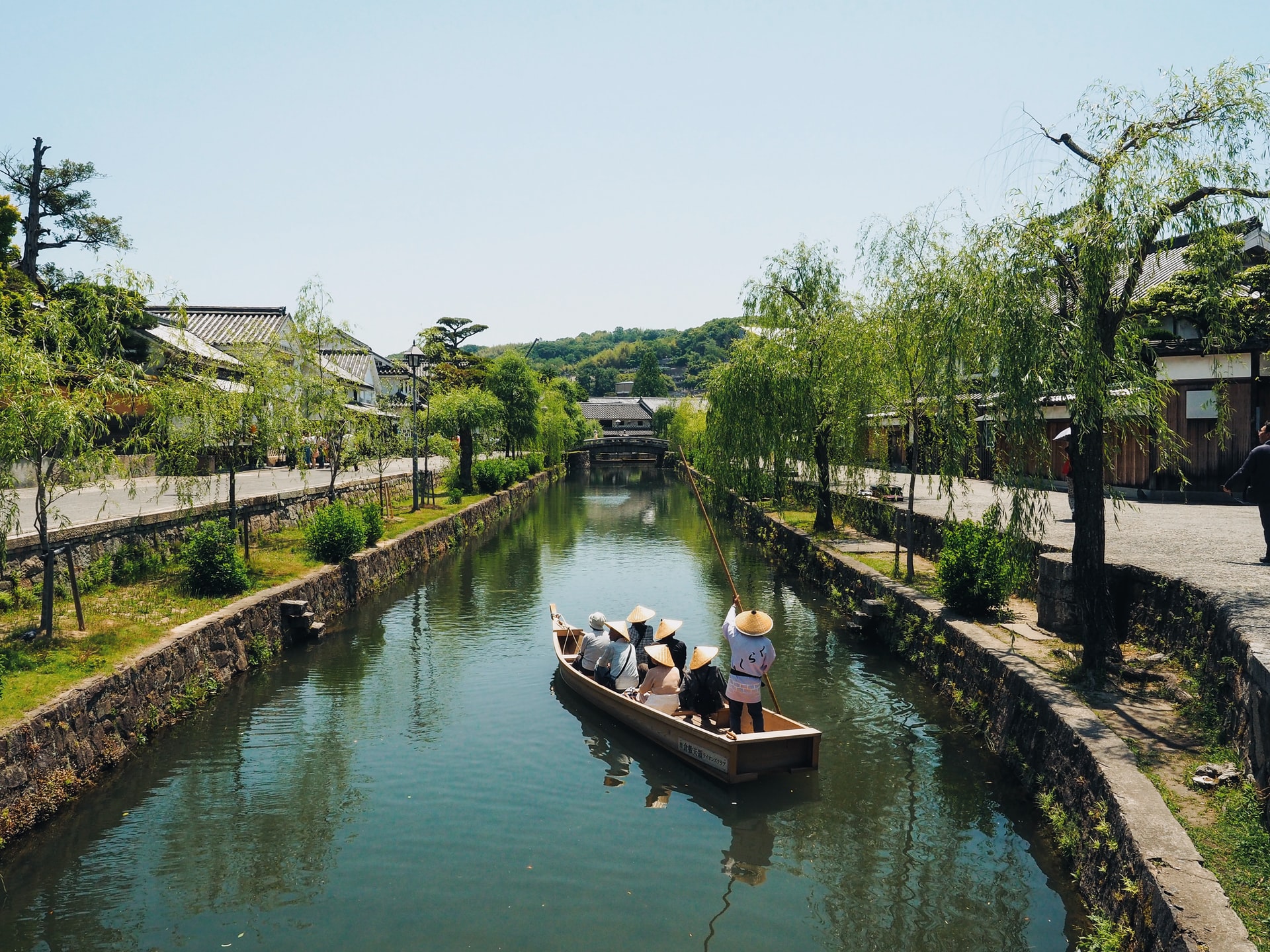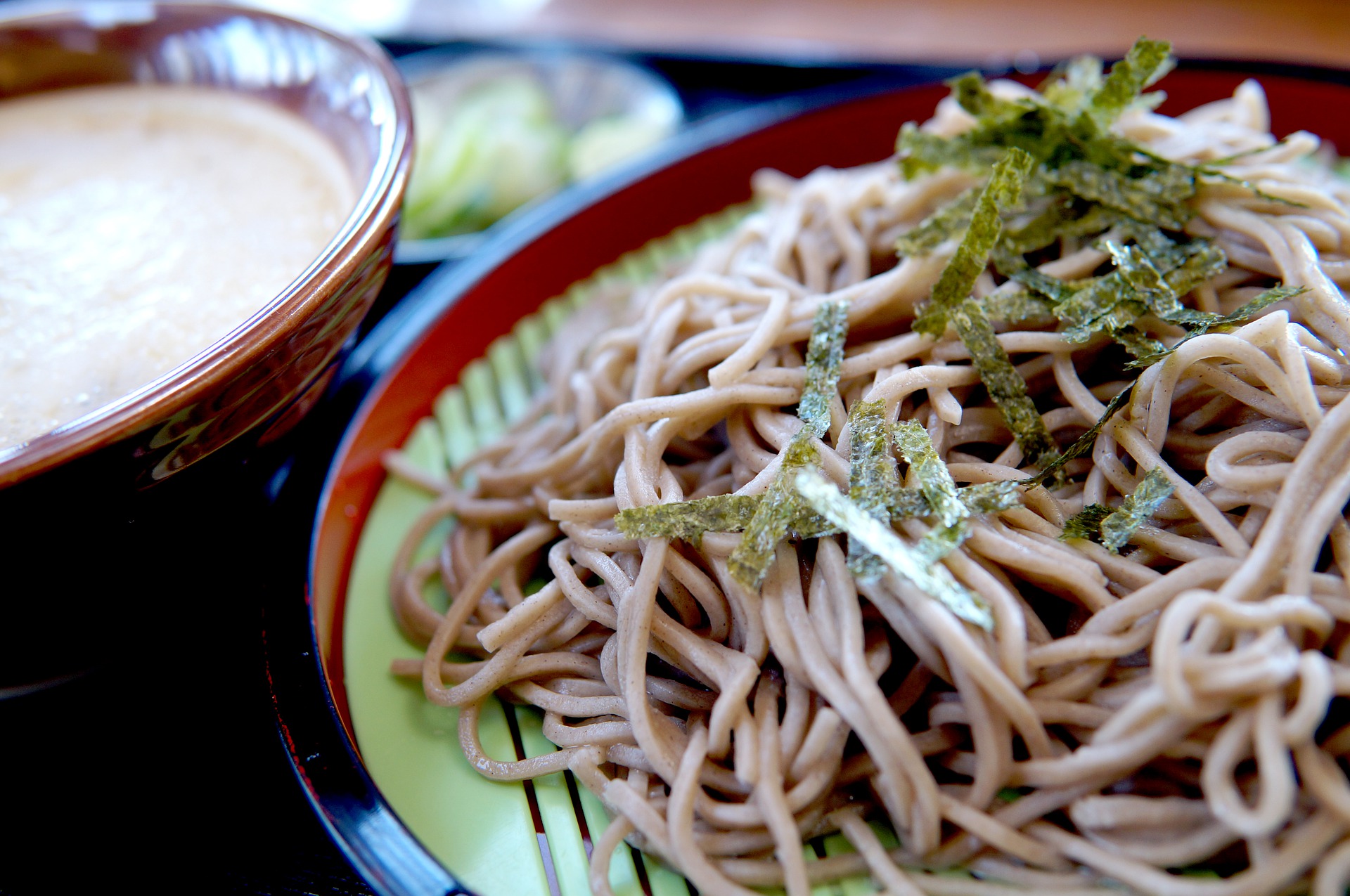Did you know that each family lineage in Japan has its very own family crest? These are called Kamon (家紋) and they have a variety of designs with a range of symbolic elements. While the meaning of the family crest has been delineated over time and for most Japanese families they are merely a source of pride, they are still often displayed in the home and treasured generation after generation.
So, what exactly are Japanese family crests, how did they come to be, and how are they used today? In this article, we will take a closer look at the secrets of Japanese family crests and just exactly what is a Kamon.
1. Japanese family crests
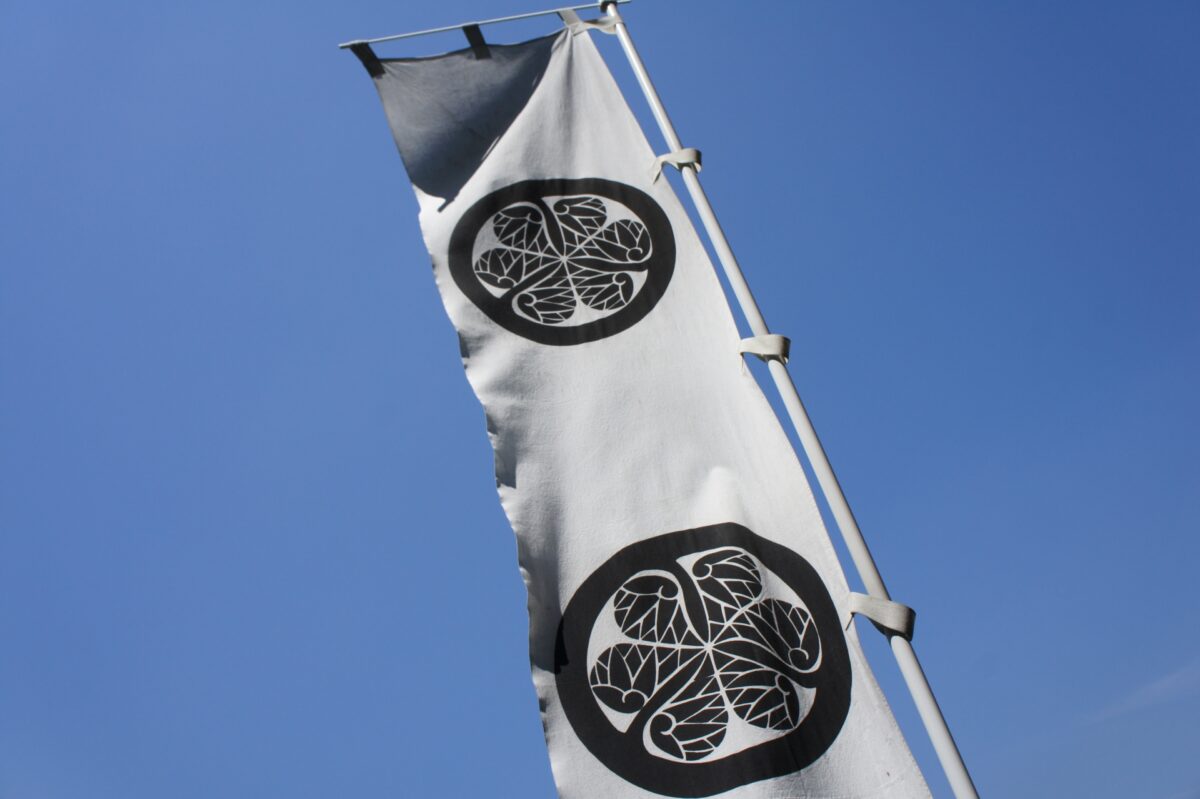
Family crests are emblems that have been passed down from generation to generation in Japanese families from their ancestors and are a representative symbol of the family. Even if they have the same last name, not all families share the same family crest and the design can be vastly different depending on region and linage. This is because the design of the family crest is often influenced not only by the family lineage but also by the family business. It is said that there are about 6,000 to 8,000 different types of family crests, and even more if you examine subtle differences in family branches as well.
2. The history of Japanese family crest
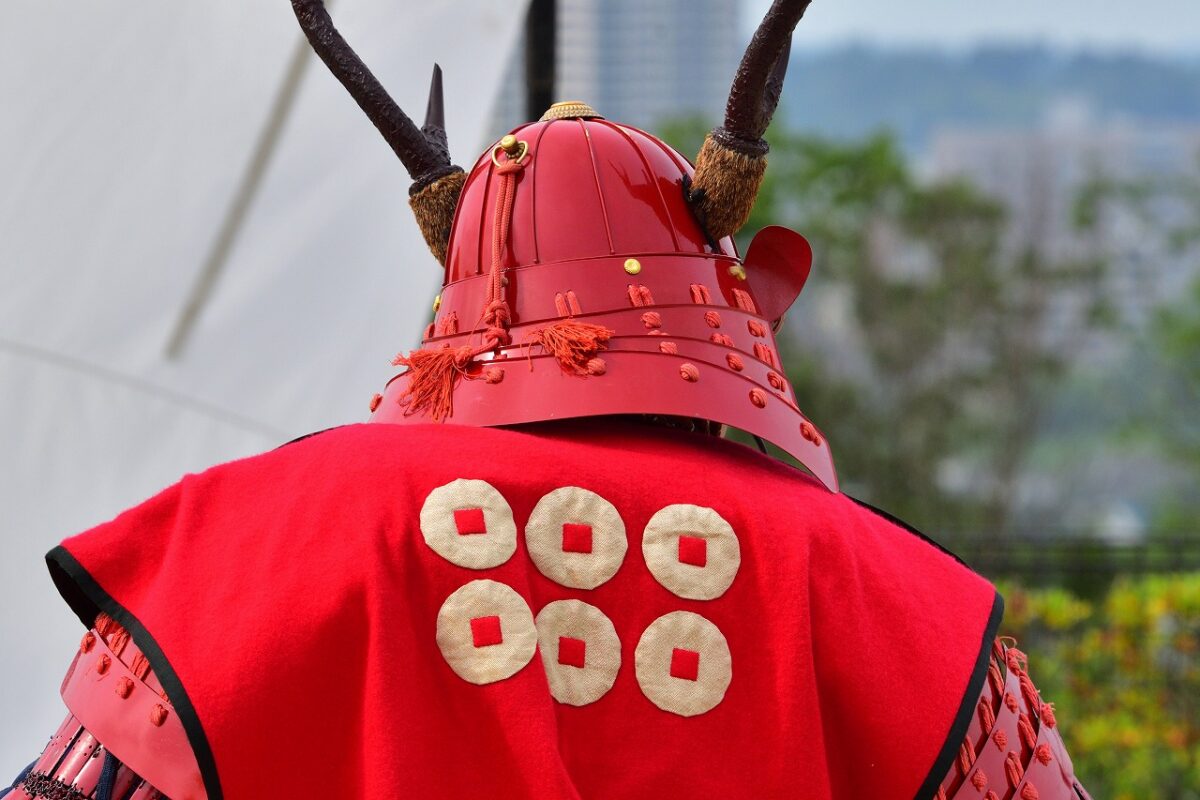
The history of family crests can be traced back to the Nara and Heian periods. The aristocrats of those days used to wear their own personal patterns as ornaments on their clothes and furniture to add an element of customization and luxury. However, since it was difficult to identify their own belongings by the appearance of the gorgeous ornaments alone, they gradually began to use their own family pattern. This is said to be one of the reasons why Japanese family crests came into use. Family crests of those days were often designed with aesthetic motifs such as flowers and animals rather than designs with deeper meaning.
In the Kamakura period, family crests began to function as markers of one’s family. Before the Kamakura period, two colors of flags, red and white, were used to distinguish between one’s own army and the enemy. However, in the Kamakura period and later, when many battles were ongoing, it was very difficult to tell which general was where using the two flag system. Therefore, bushi warriors went to battles with a flag bearing the family crest of their own family. It is said that there was an unspoken rule that one’s own family crest should not resemble any crests of other families because it might cause confusion, and this led to the creation of countless Japanese family crests.
In the Edo period, Japanese family crest culture spread to the common people and not just the higher or warrior class. In those days, people did not have family names, so family crests were used as a mark of their family instead. Therefore, everyone from low to high class could have a family crest, as long as their family crests were not the same as the Shogunate’s and Daimyo’s family crests. In addition, as the number of battles decreased during the Edo period, family crests became more meaningful as “a symbol of authority of one’s family” and have been handed down to the present.
3. Differences between the European coat of arms and the Japanese family crests
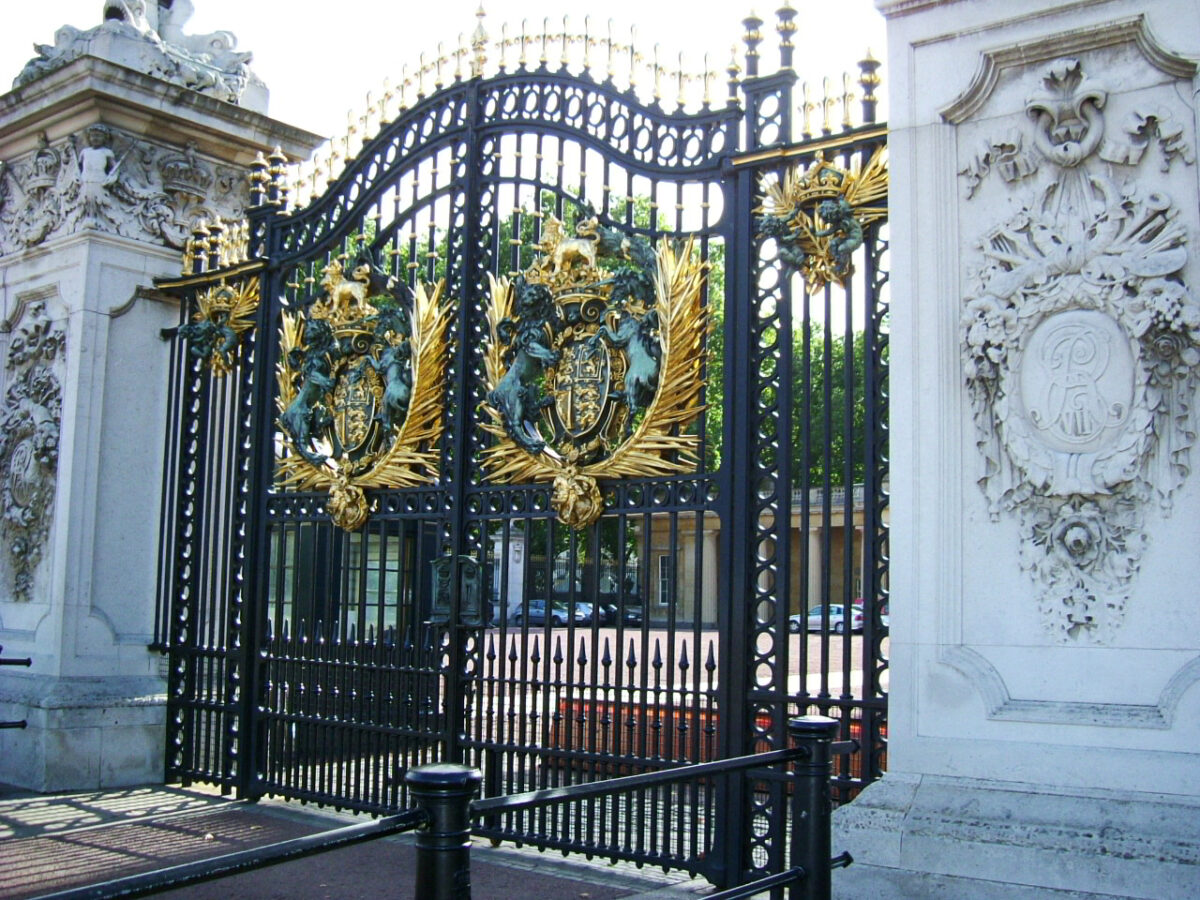
Japanese family crests and European coats of arms may look very similar, but a closer look reveals that actually, they are quite different. In the beginning, only people of high status, such as royalty and nobility, were allowed to have their own coats of arms in Europe and they asserted a strong symbol of authority and control. On the other hand, in Japan, the rules for having a family crest were not so strict that anyone was allowed to have one regardless of status.
Therefore, in the Edo period, people of any status could have a family crest and it was often used as a sign of each family rather than a symbol of authority or control. Moreover, in Europe, it was possible to have a personal coat of arms, but in Japan, family crests were used to identify family members, so it was less common to have a personal family crest.
4. Where Japanese family crests are used
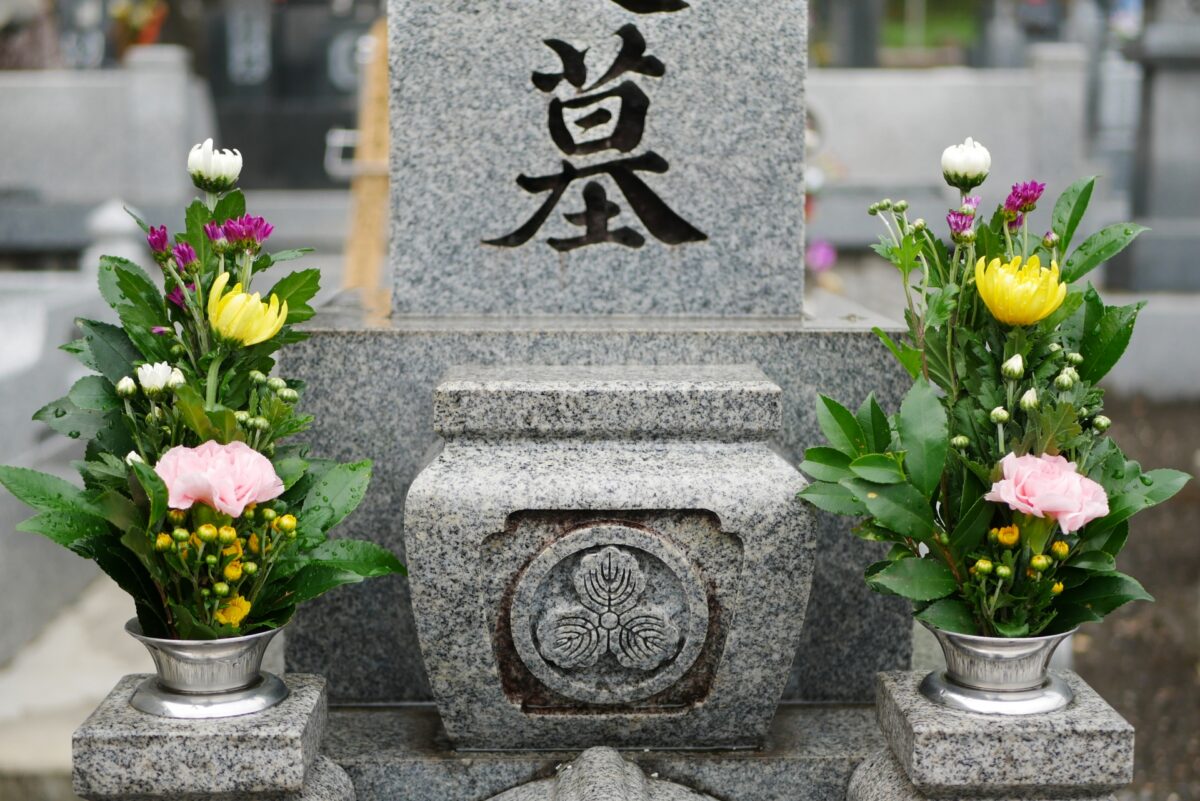
Even today, family crests are often seen in daily life in Japan. One of the most common places to see family crests is Japanese graveyards. Tombs are one of the most important places where family crests are handed down from generation to generation, so you may find a family’s crest carved on the tombstone. In addition, the family crest can be found on furniture and kimono that have been cherished in the family for many centuries. Otherwise, the family crests of two families are often printed on wedding invitations to show the strong connection between two families during Japanese weddings.
5. Several kinds of Japanese family crests
There is a huge variety of family crests in Japan, however, this article introduces some of the most well-known family crests in Japan.
Kirimon (桐紋)
Kirimon (桐紋) is a family crest designed based on the paulownia tree and is the official crest used by the Japanese government. It is also well known as the family crest of the Toyotomi family. In Chinese folklore, the paulownia tree was said to be the tree where the legendary bird called “Fenghuang” perches and was considered very sacred. Therefore, it is said that the sacredness of the paulownia tree is expressed in the family crest.
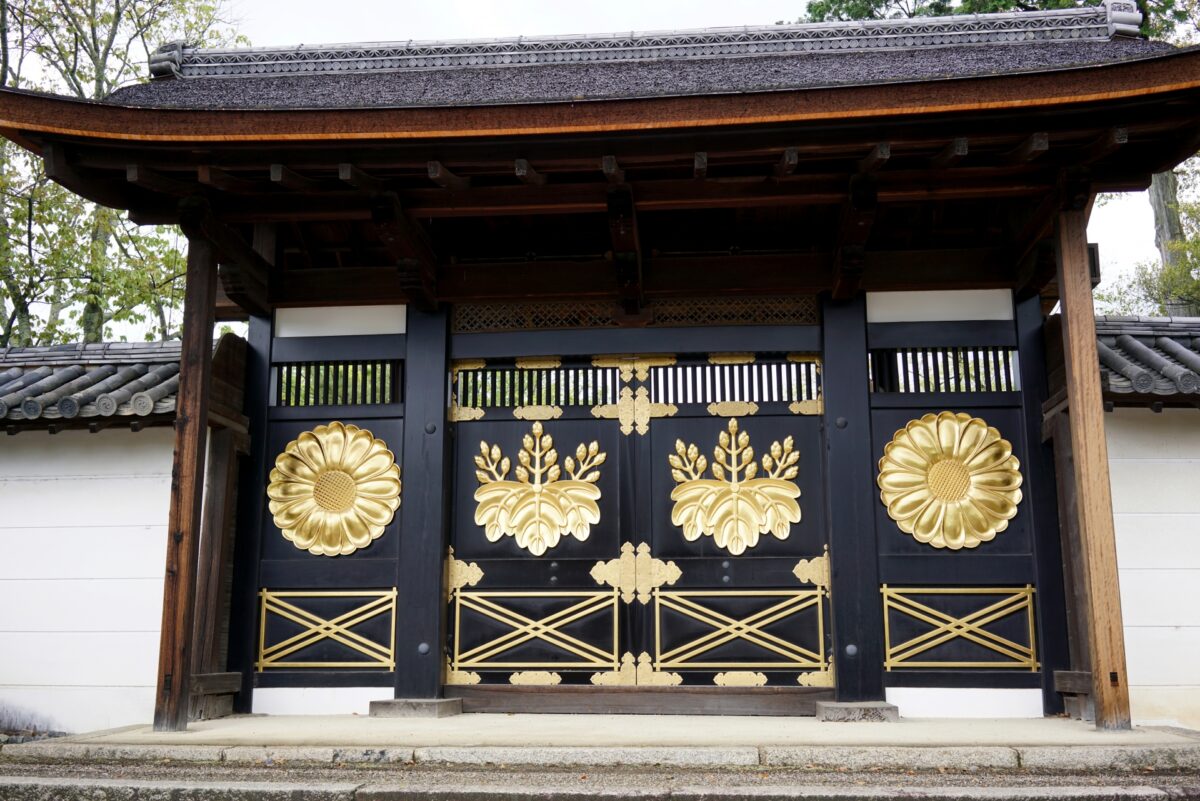
Mitsuba-aoi (三つ葉葵)
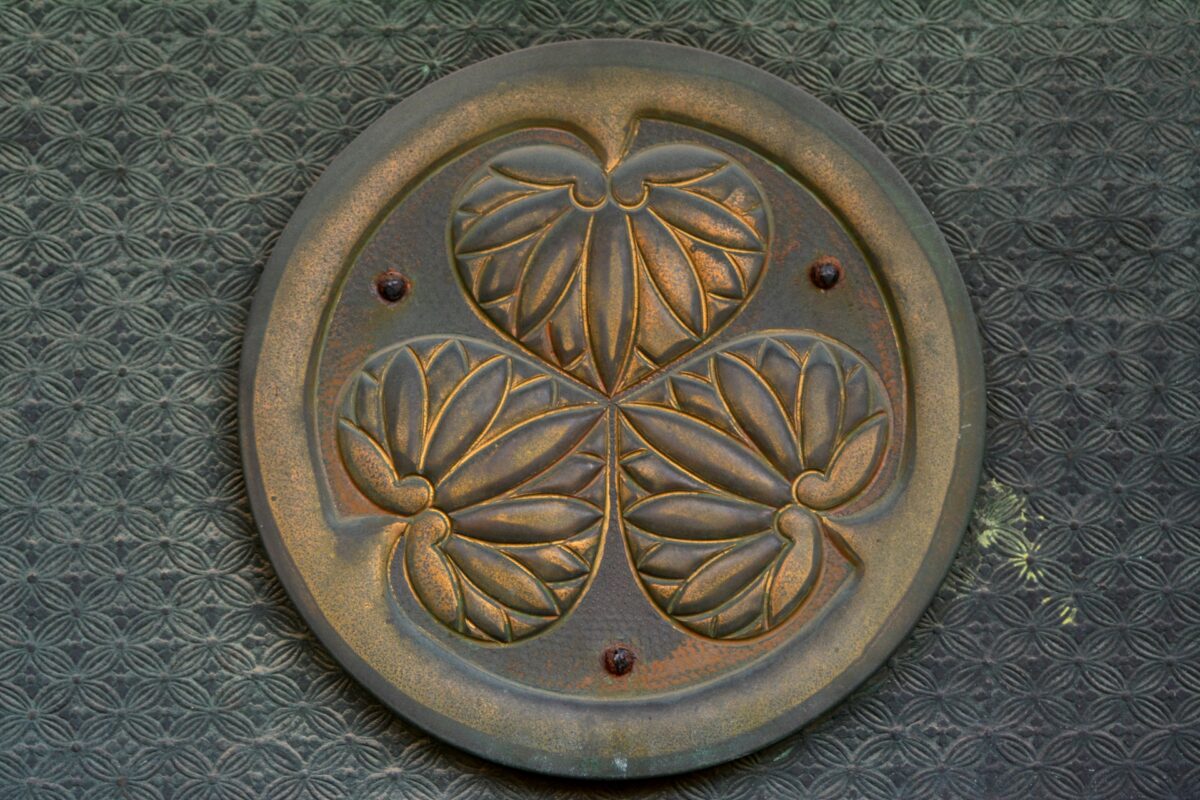
Mitsuba-aoi (三つ葉葵) is probably one of the most famous family crests in Japan. Three-leaf hollyhock is the family crest of the Tokugawa family, which reigned supreme for a long time during the Edo period. Particularly famous is the Japanese period drama series Mito Komon. In that series, Tokugawa Mitsukuni, who is also called “Mito Komon”, travels around Japan to do good and punish evil. As is customary during the climax scene, he shows a pillbox with the emblem of Mitsuba-aoi in front of bad guys. This family crest is also known as “Tokugawa Aoi (徳川葵)”, but in fact, the hollyhock divided into three leaves is said to be a historical distortion.
This article has featured the secrets of Japanese family crests. Family crests are a symbol of the family for Japanese people and have been cherished for many centuries. They are so deeply ingrained in Japanese daily lives that when we look at them, we can feel a strong connection to our own family. If you come to Japan, you may find family crests on historic buildings and we hope you’ll understand the deeper meaning and take on a new appreciation for our culture.
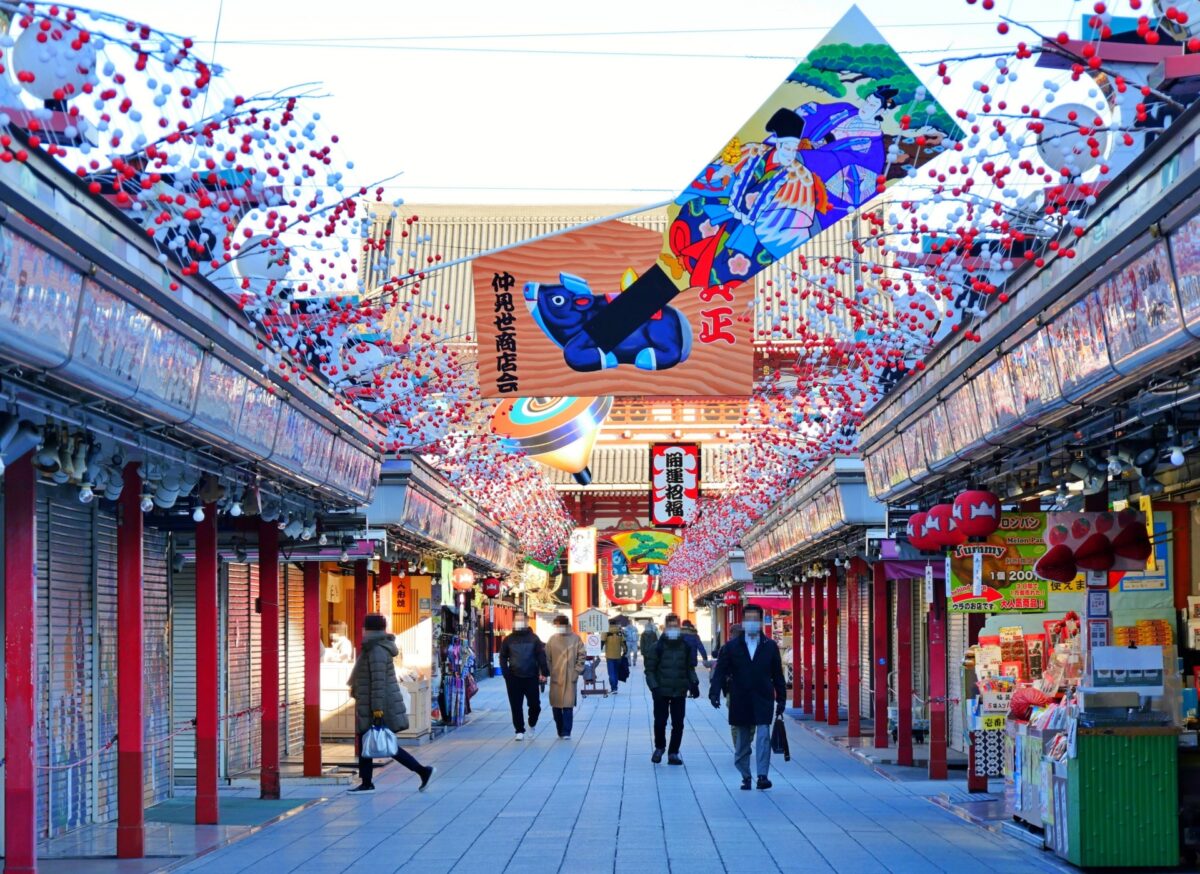
Don’t forget to check out our private tours!
Planning a trip to a foreign country alone is never easy! If you need some help to organize your trip to Japan and want to see Japan like a local, you should definitely check out our private tours complete with an English guide! We’re glad to help you make your trip to Japan a safe, comfortable, and unforgettable memory!
1. Tokyo Private Tour [Customized, 7 Hours]
Visit the must-visit highlights in Tokyo with our friendly guide! This tour is flexible and destinations are completely customizable according to your requests.
2. Kyoto Private Full-Day Walking Tour [Customizable]
Kyoto is a beautiful city full of historic temples and shrines. It is also a perfect spot for enjoying the incredible autumn colors in fall!
Other articles you might be interested in

Mao Goto is a Japanese freelancer who was born in Hayama, Kanagawa prefecture and raised in Tokyo. Since 2016 she lives in the Taito Ward, home to a lot of Japanese culture hotspots such as Asakusa, Akihabara, and Ueno. She has been interested in the field of English education of Japan and got her Master’s degree in March, 2020. A lover of photography, travel, sweets, and cross-stitch. Contact her via Facebook.
This post may contain some affiliate links. When you click through and make a purchase we may receive some commission, at no extra cost to you.
